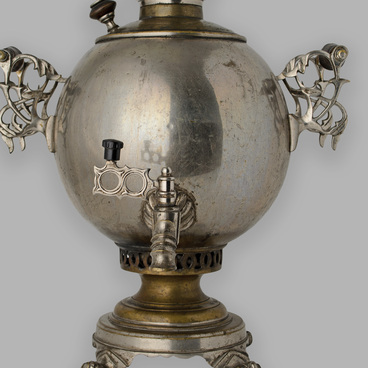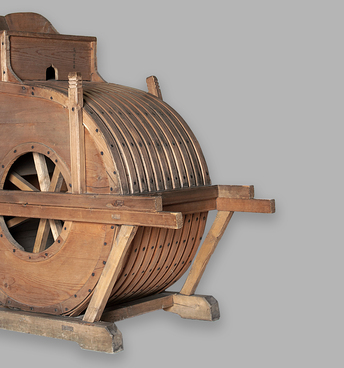In the Buryat language, jewelry is called “zuudkhel”. Like other peoples, Buryats originally associated jewelry with magical properties, with the oldest form of jewelry being an amulet. Amulets were believed to protect the wearer from evil spirits and other dangers.
Under the influence of Buddhism, the Buryat outfit included a guu — a small case worn on the chest. Such an item marked the wearer as a Buddhist. Among other things, the case could hold icons, miniature figurines, and sacred texts.
Such silver items had great sacred meaning in Buryat lifecycle rituals. Silver jewelry was perceived as objects that contained life force and warded off evil and disease.
Both women and men were expected to wear jewelry that acted as an amulet and performed a magical function. Therefore, even the poorest families sought to acquire jewelry, mostly silver and only in extreme cases — copper or brass.
The decorative function of such items was less important, although they did provide for the aesthetic needs of Buryats. Almost all Buryat jewelry is characterized by large proportions and the use of decorative patterns.
There were certain rules for using coins in the traditional Buryat jewelry. The aesthetics of an item of jewelry were enriched by their shiny looks, clinking sound, and perfectly circular shape. Coins were also part of a women’s outfit. All kinds of coins were used — Russian coins from the pre-Petrine period up to the Soviet times, as well as coins from Austria-Hungary, Germany, Turkey, Iran, and China.
The displayed exhibit was purchased from M.G. Batuyeva, a resident of the village of Nizhny Torey, Dzhida District, Republic of Buryatia, on June 1, 1977. The craftsman decorated the obverse of the guu with a chased pattern and complemented it with engraving, filigree, and granulation.
The décor mainly features floral and geometric
patterns. The lid is decorated with a floral pattern and flower-shaped
rosettes. There are two small loops — at the top and bottom of the box. The
upper one serves for inserting a chain or a cord. A round pendant is attached
to the lower loop by means of a fabric cord. The pendant was made from a
Russian fifty-kopeck coin of 1912 in a decorated frame.



